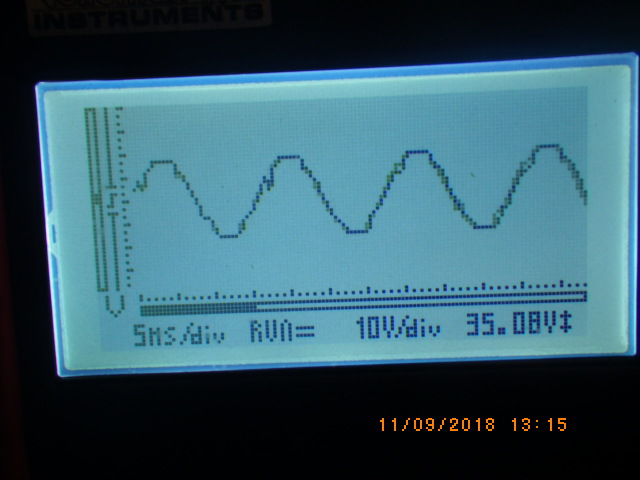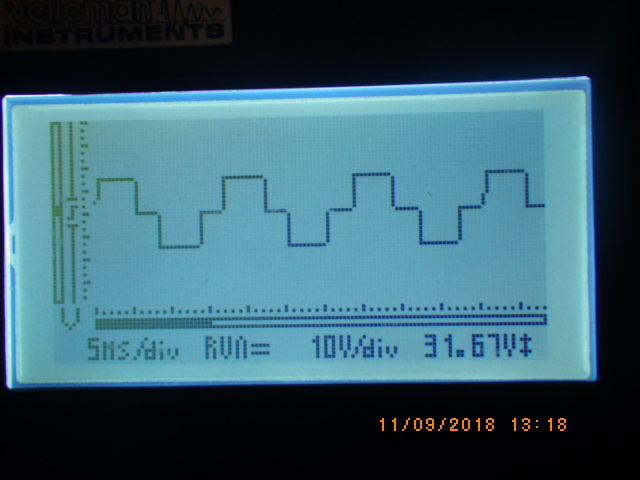I'm building myself a 120v fast charger.
I need this for going to the race track where only 110 is avail.
It could be used in condos or places where people can't install a 220 plug.
It's not super practical in mobility as it weighs a lot (from batteries) but is on wheels.
Unit works by accepted 110-120 from a single or multiple 115 outlets (on different circuits) which then feed batteries which in turn power a DC to 240AC inverter. You plug in using the cars 240 plug.
Charge speed depends on # of batteries, number of 120 sources but for my use will do the job as I show at our local track at 89%.
It could also be used for people who live in condos or apartments where adding 240 isn't an option and would allow them to charge enough to not have to add an outlet. Cost is a downside, it's expensive to make. like ~$1500 in parts but for some people could be a good option. Thoughts?
I need this for going to the race track where only 110 is avail.
It could be used in condos or places where people can't install a 220 plug.
It's not super practical in mobility as it weighs a lot (from batteries) but is on wheels.
Unit works by accepted 110-120 from a single or multiple 115 outlets (on different circuits) which then feed batteries which in turn power a DC to 240AC inverter. You plug in using the cars 240 plug.
Charge speed depends on # of batteries, number of 120 sources but for my use will do the job as I show at our local track at 89%.
It could also be used for people who live in condos or apartments where adding 240 isn't an option and would allow them to charge enough to not have to add an outlet. Cost is a downside, it's expensive to make. like ~$1500 in parts but for some people could be a good option. Thoughts?





